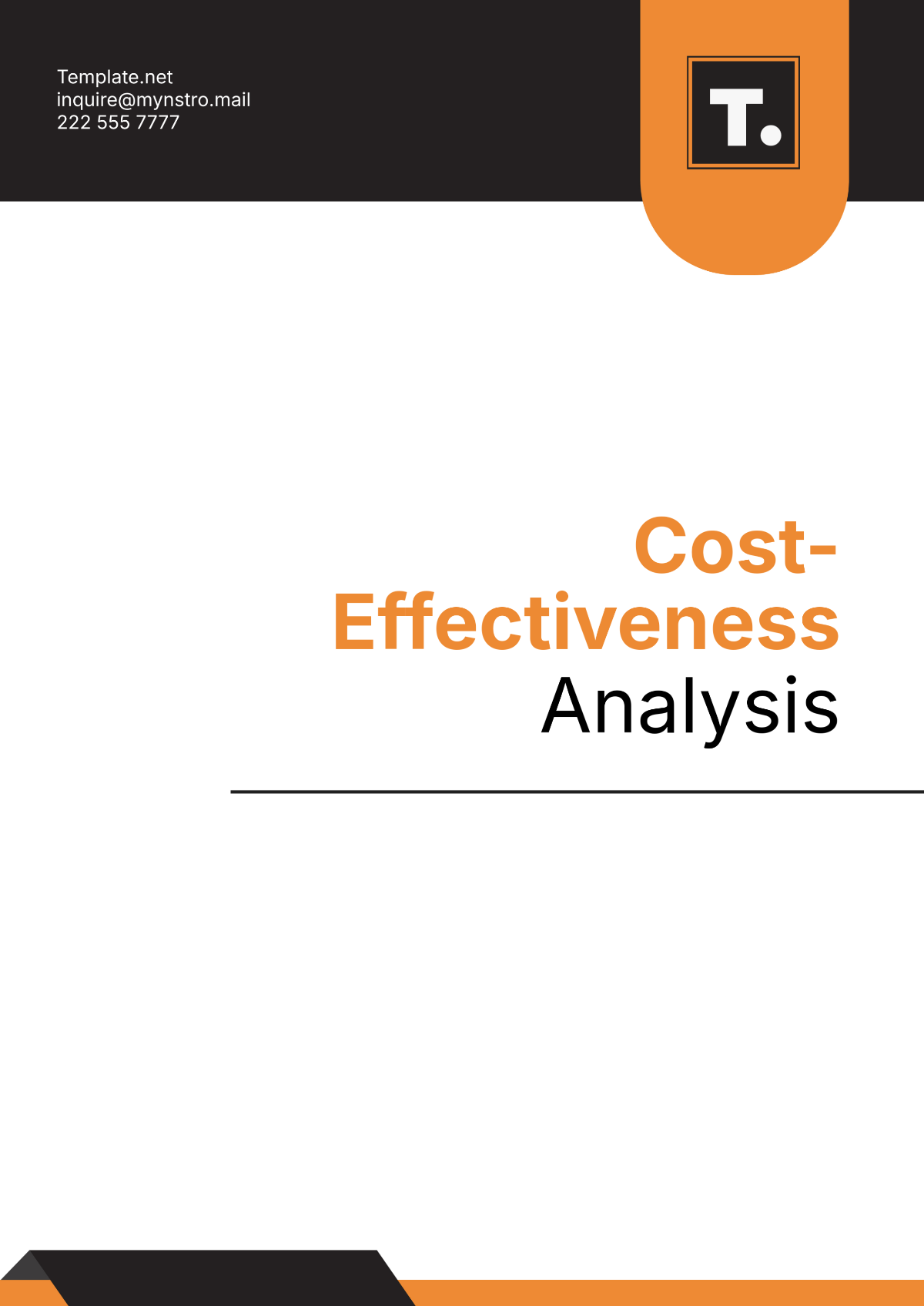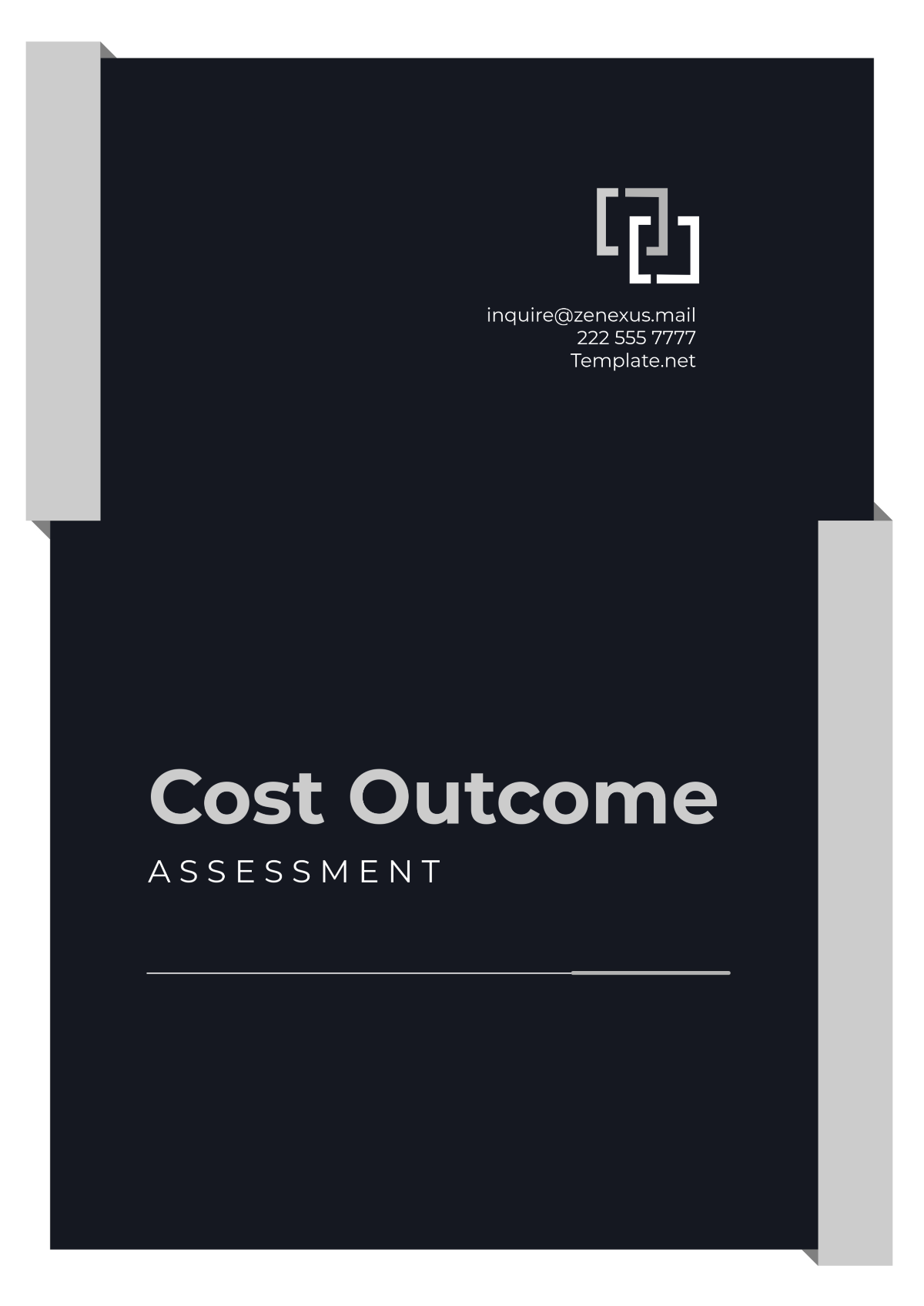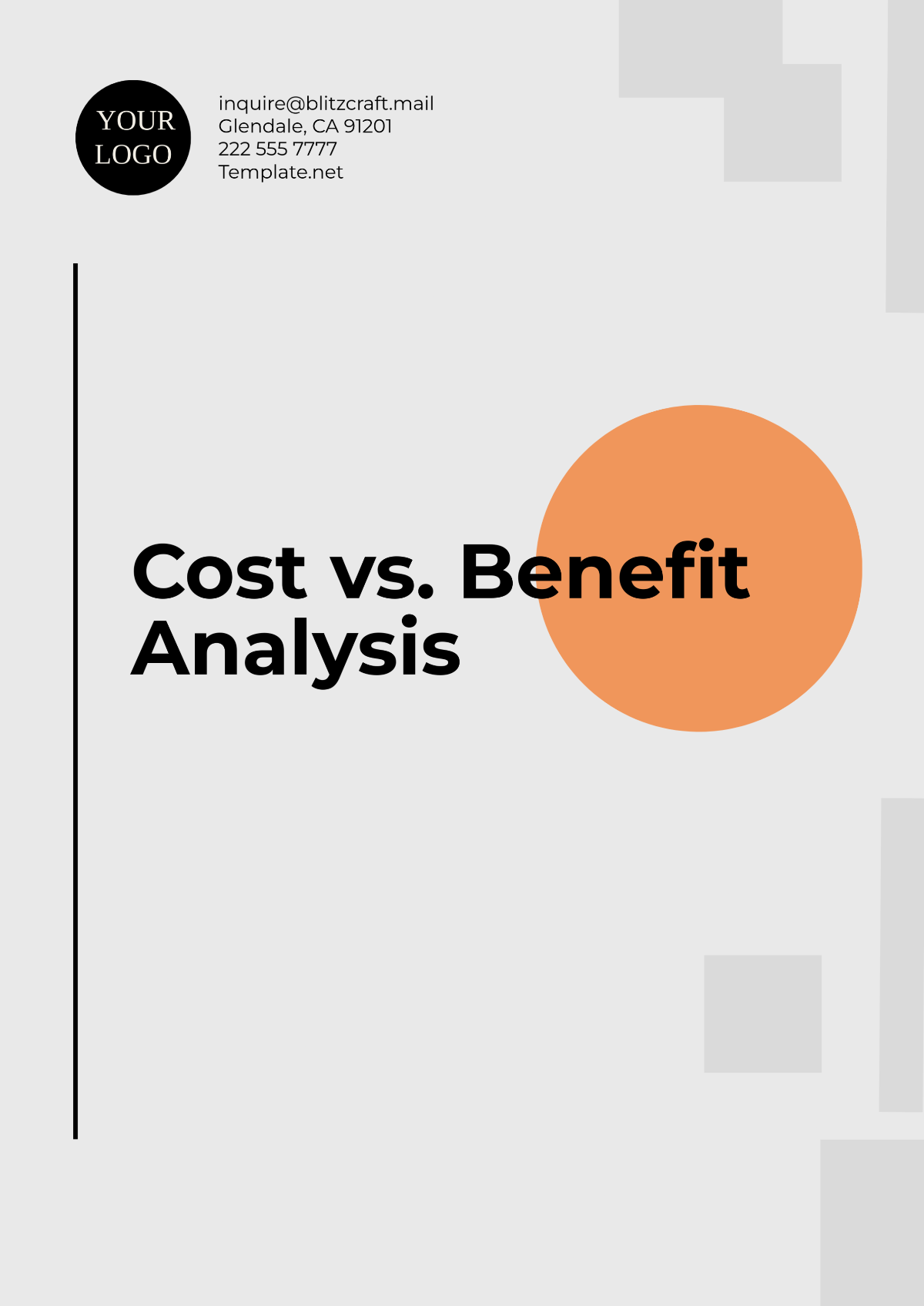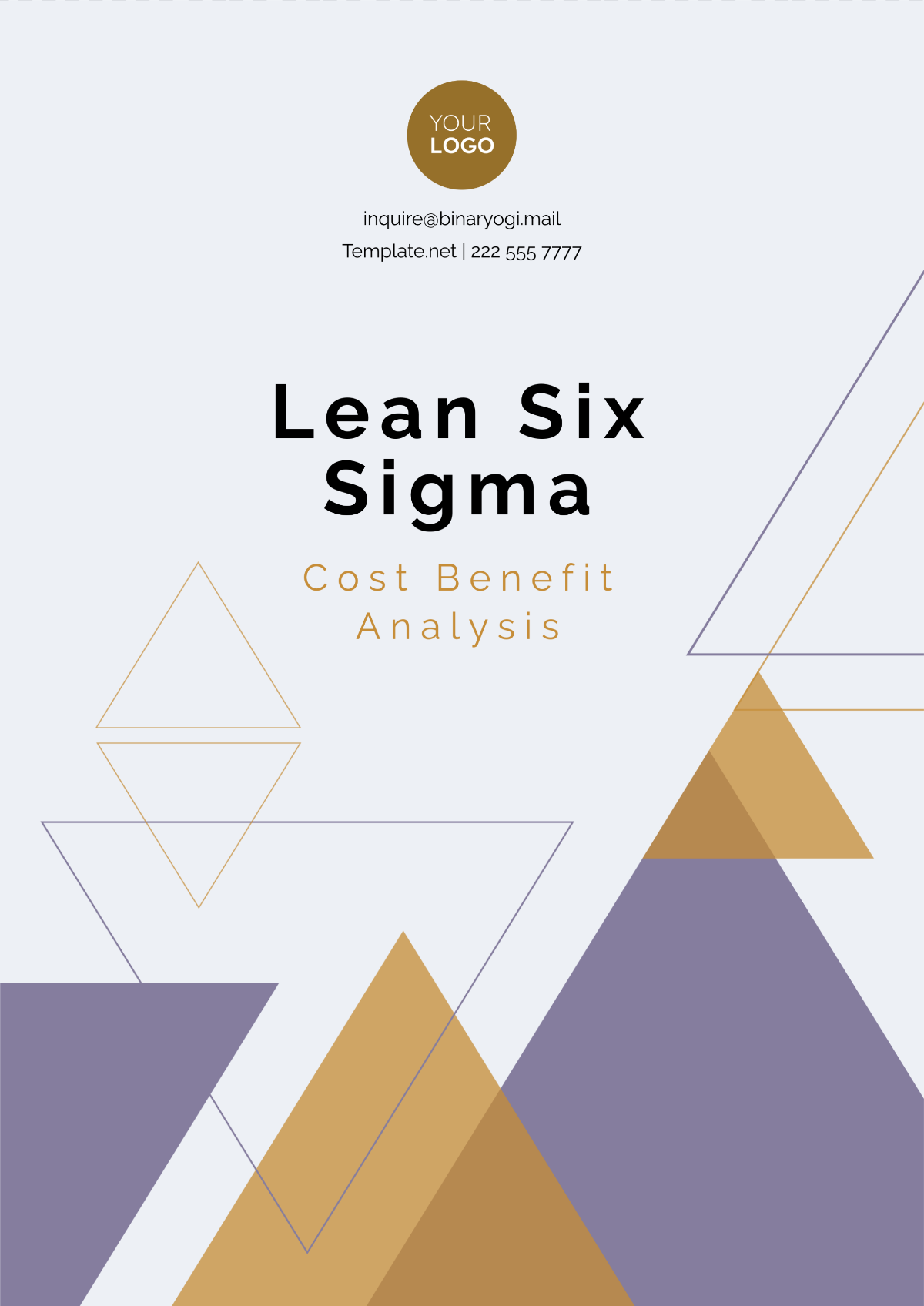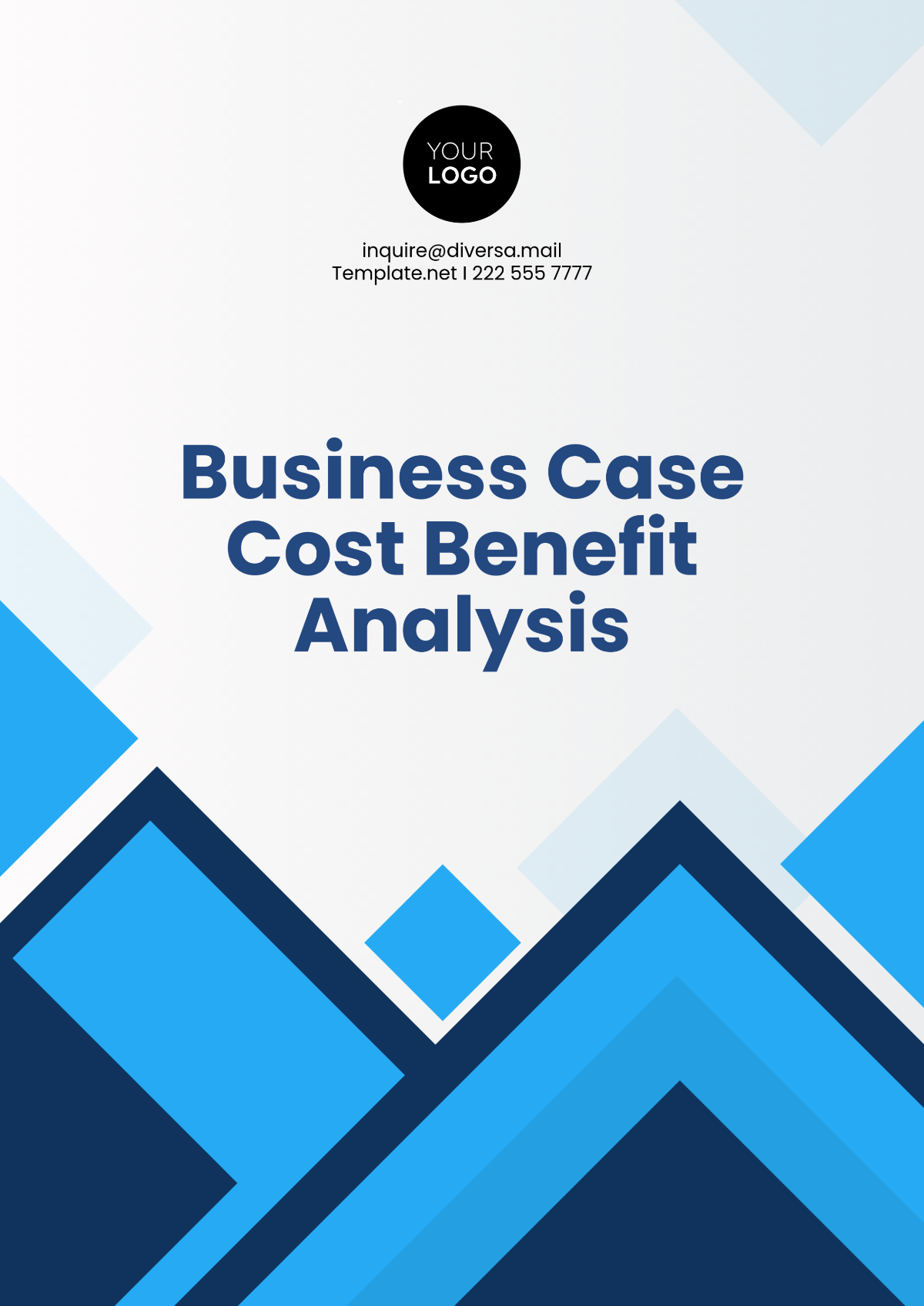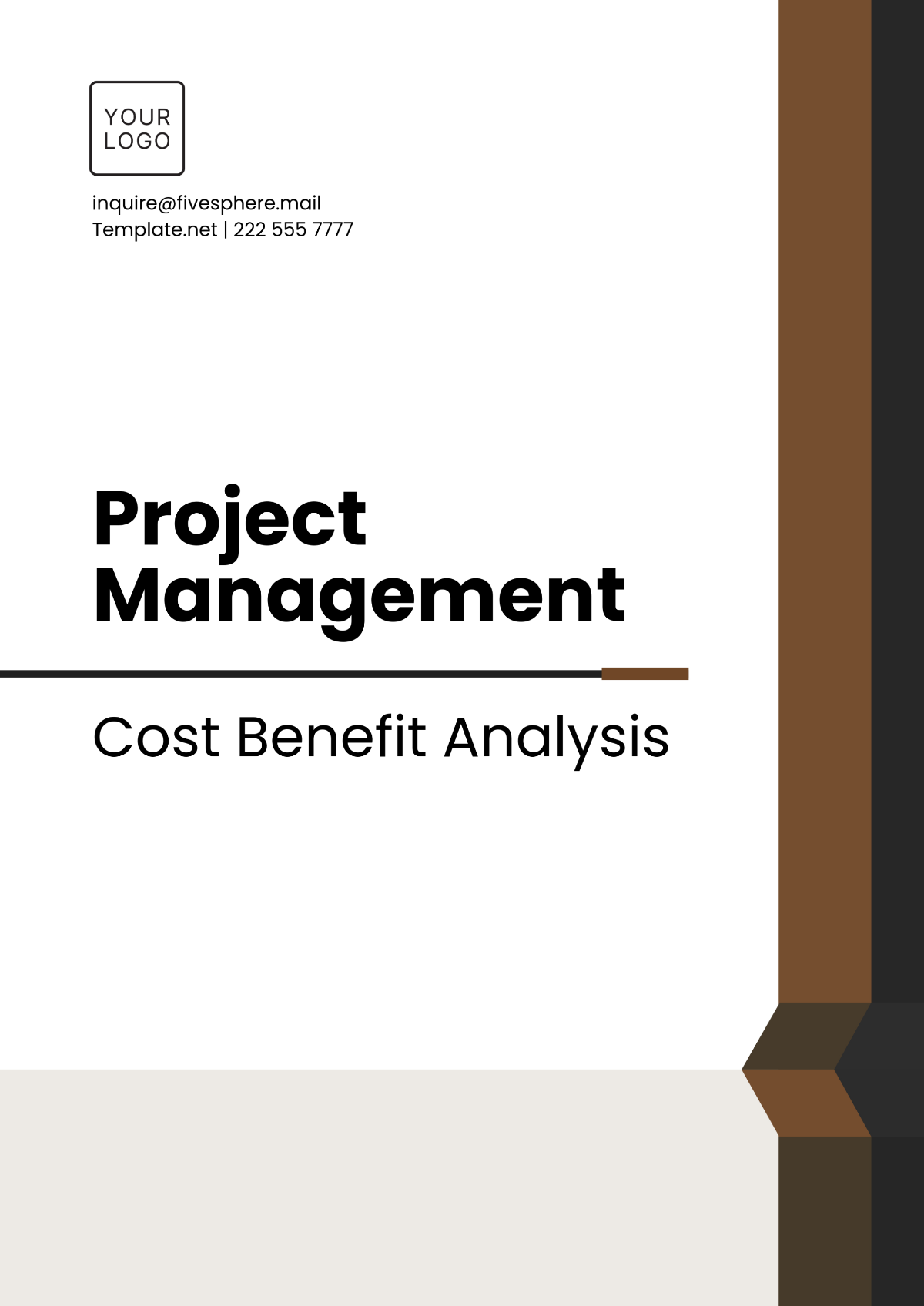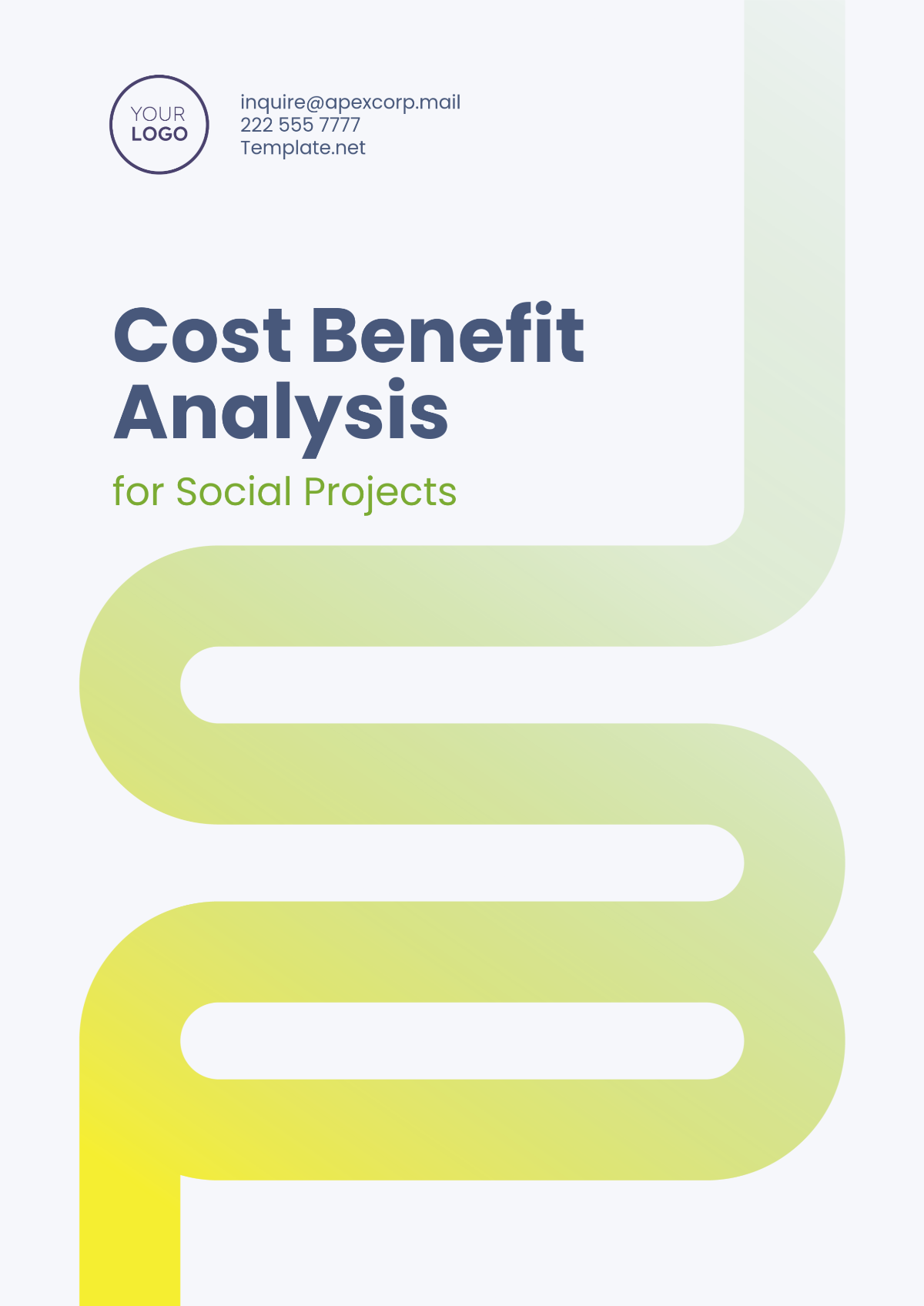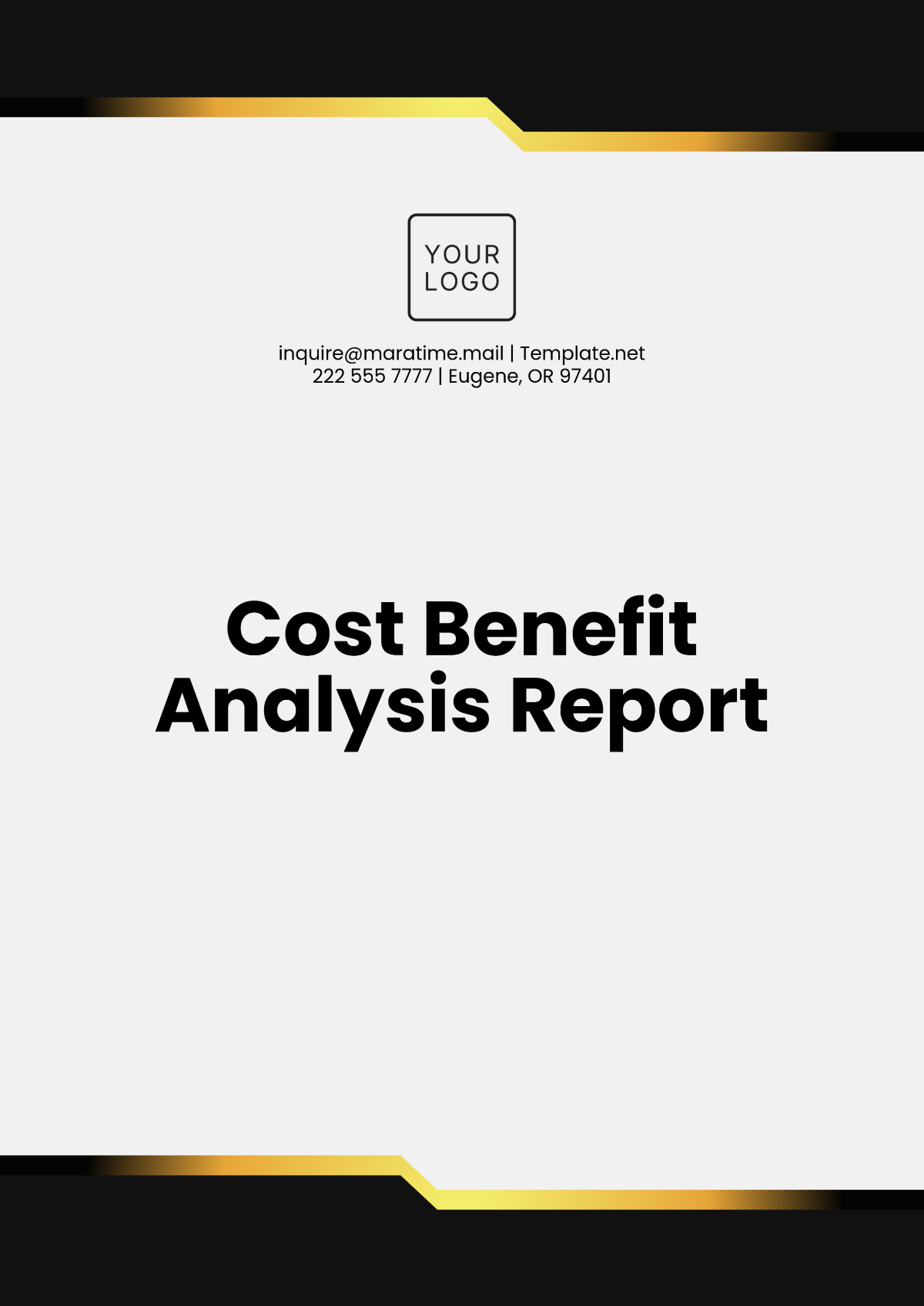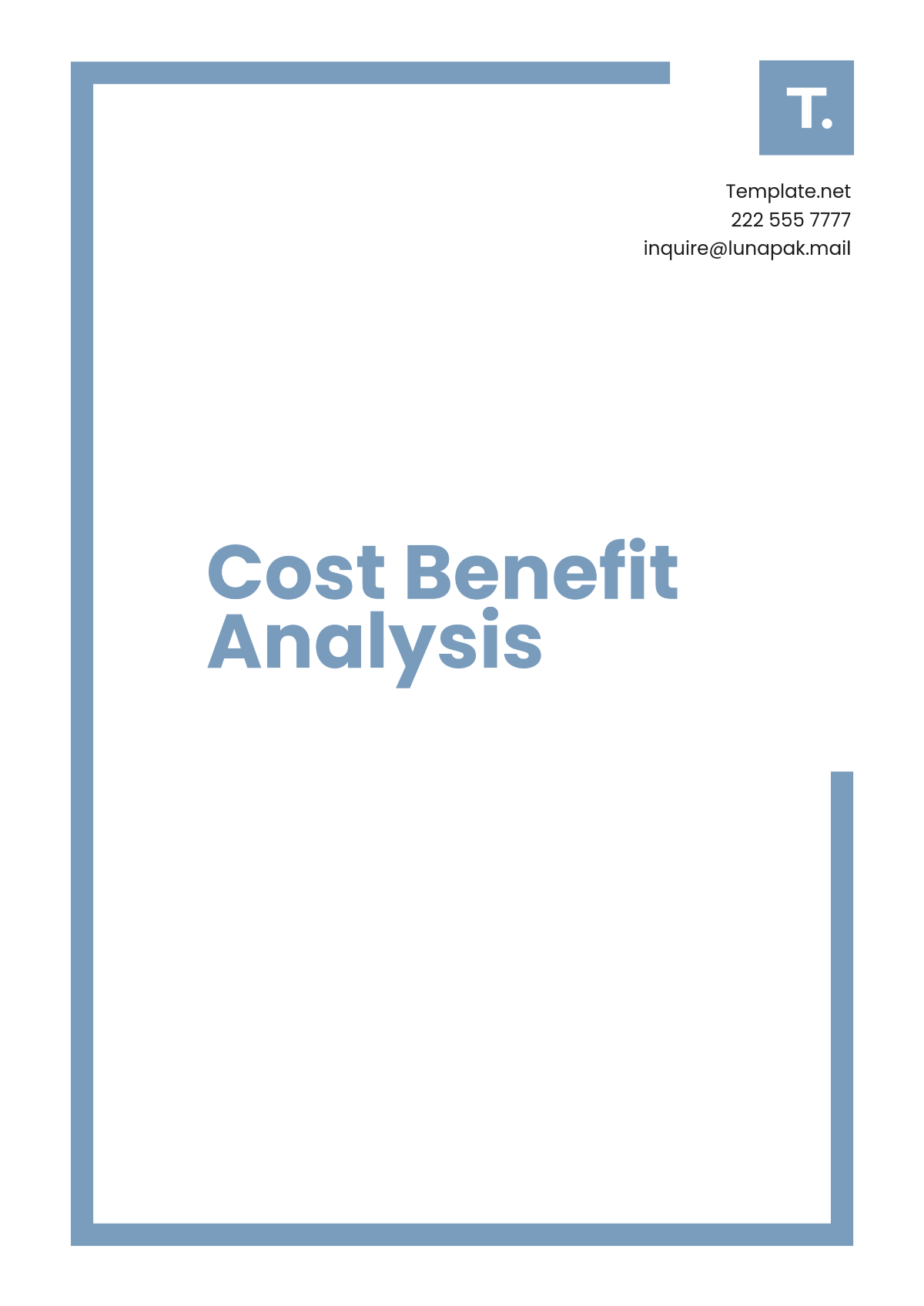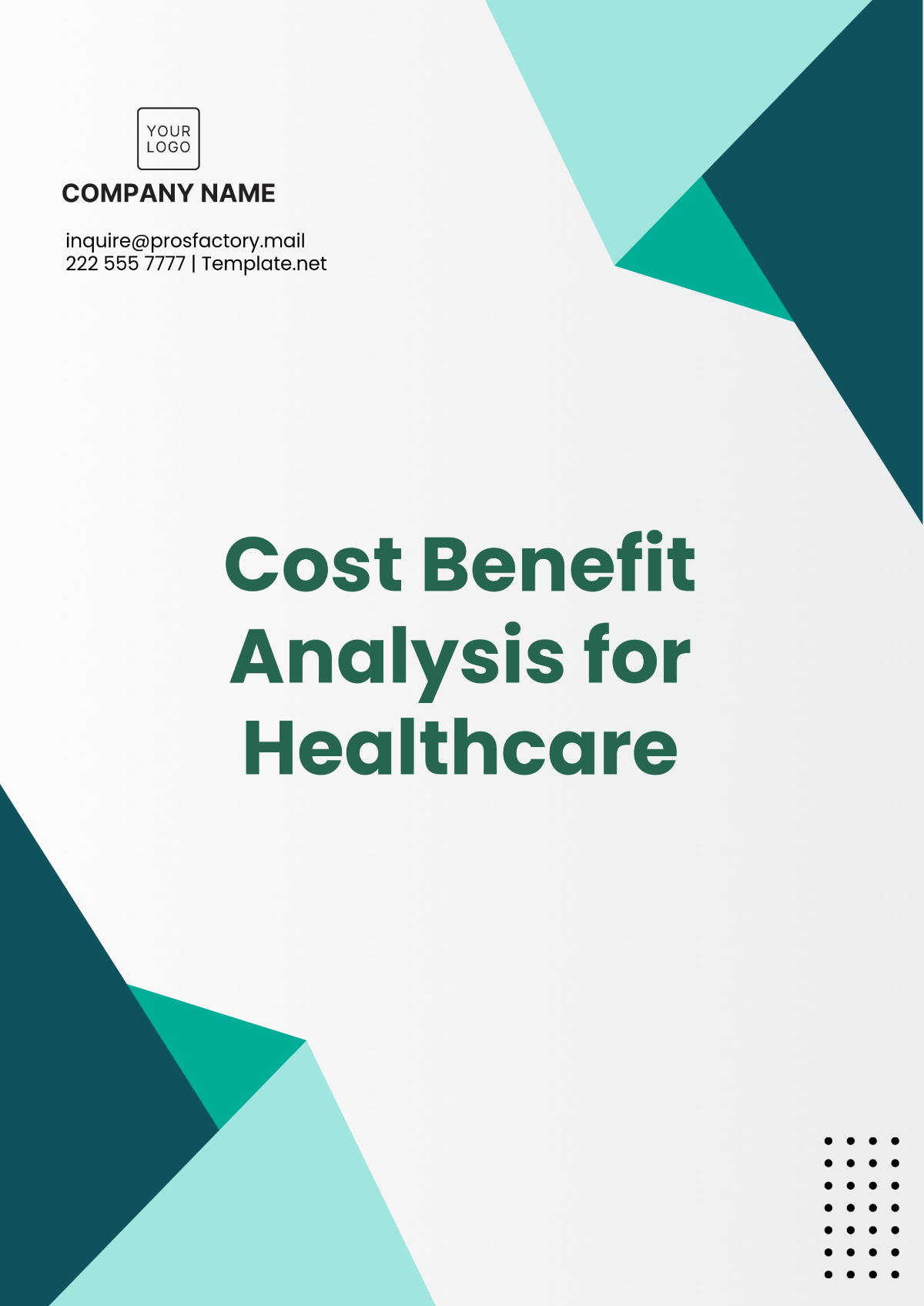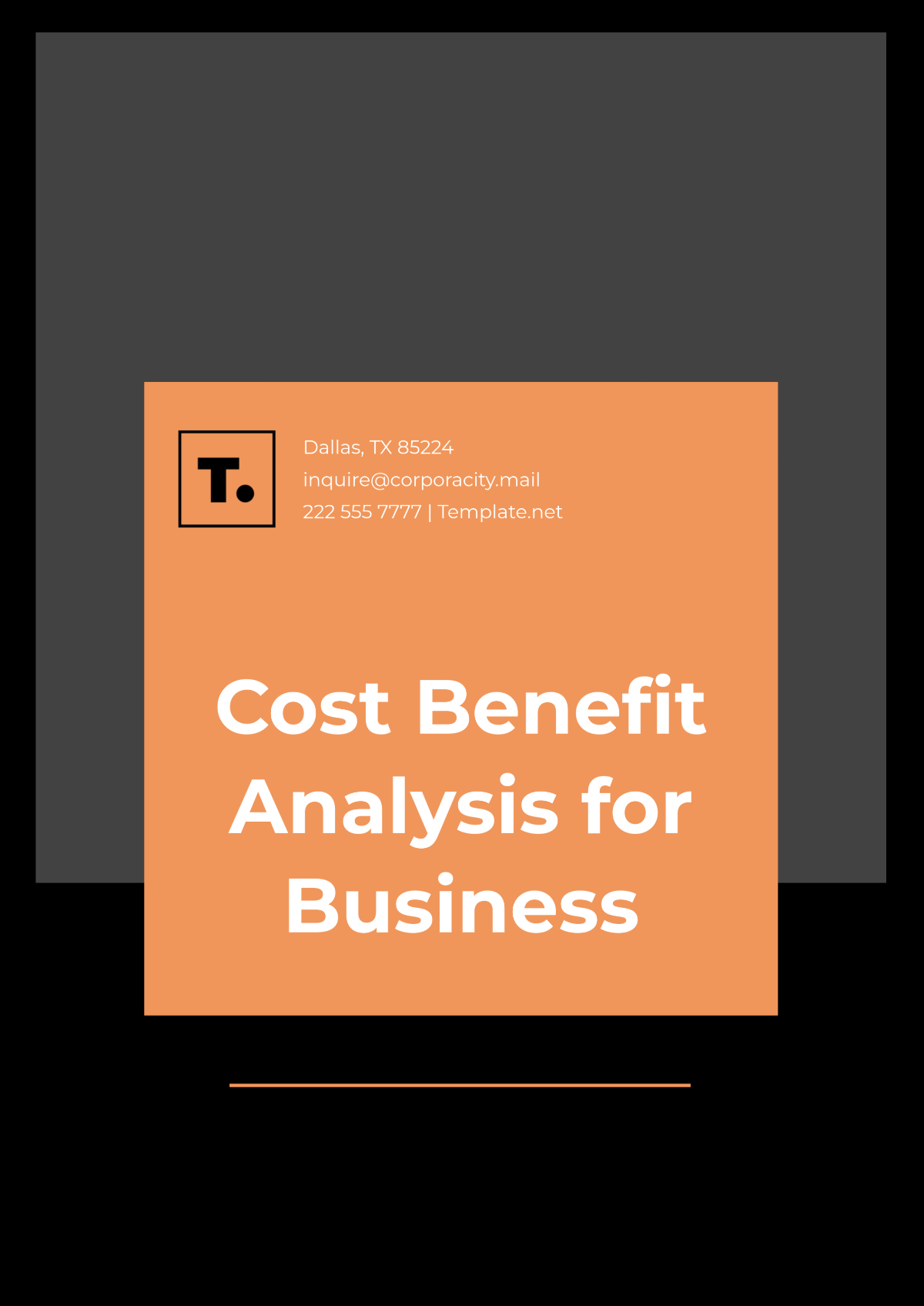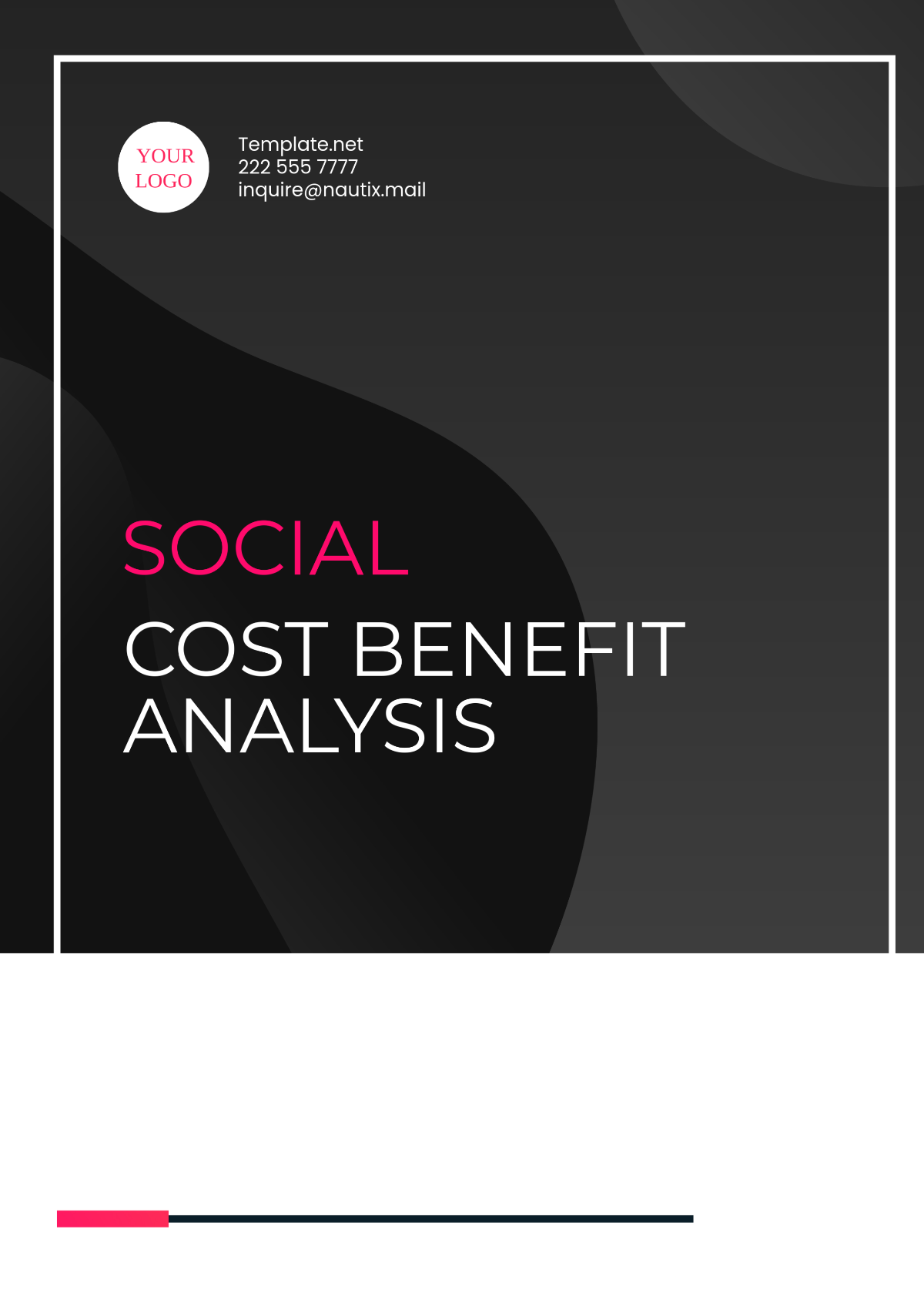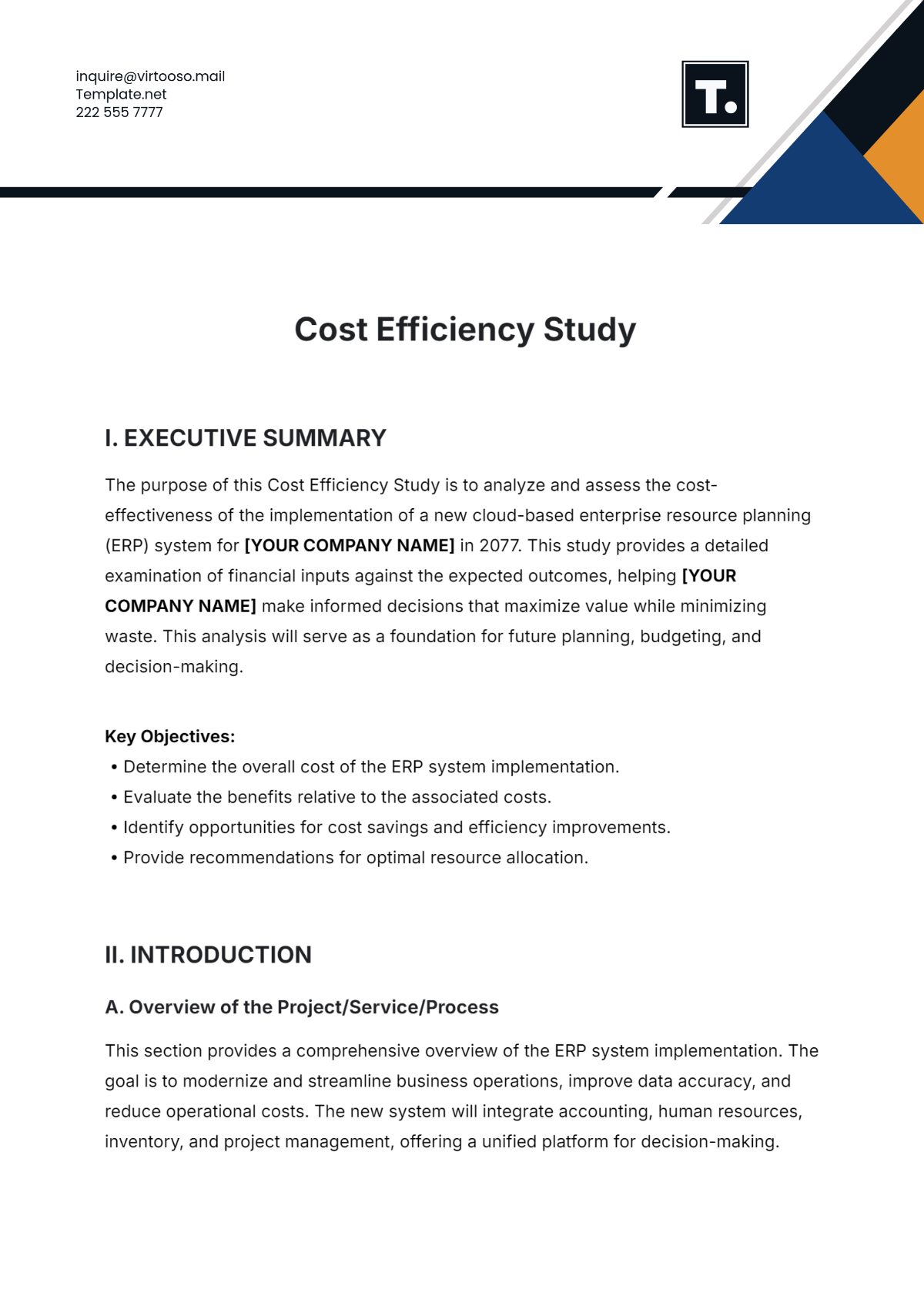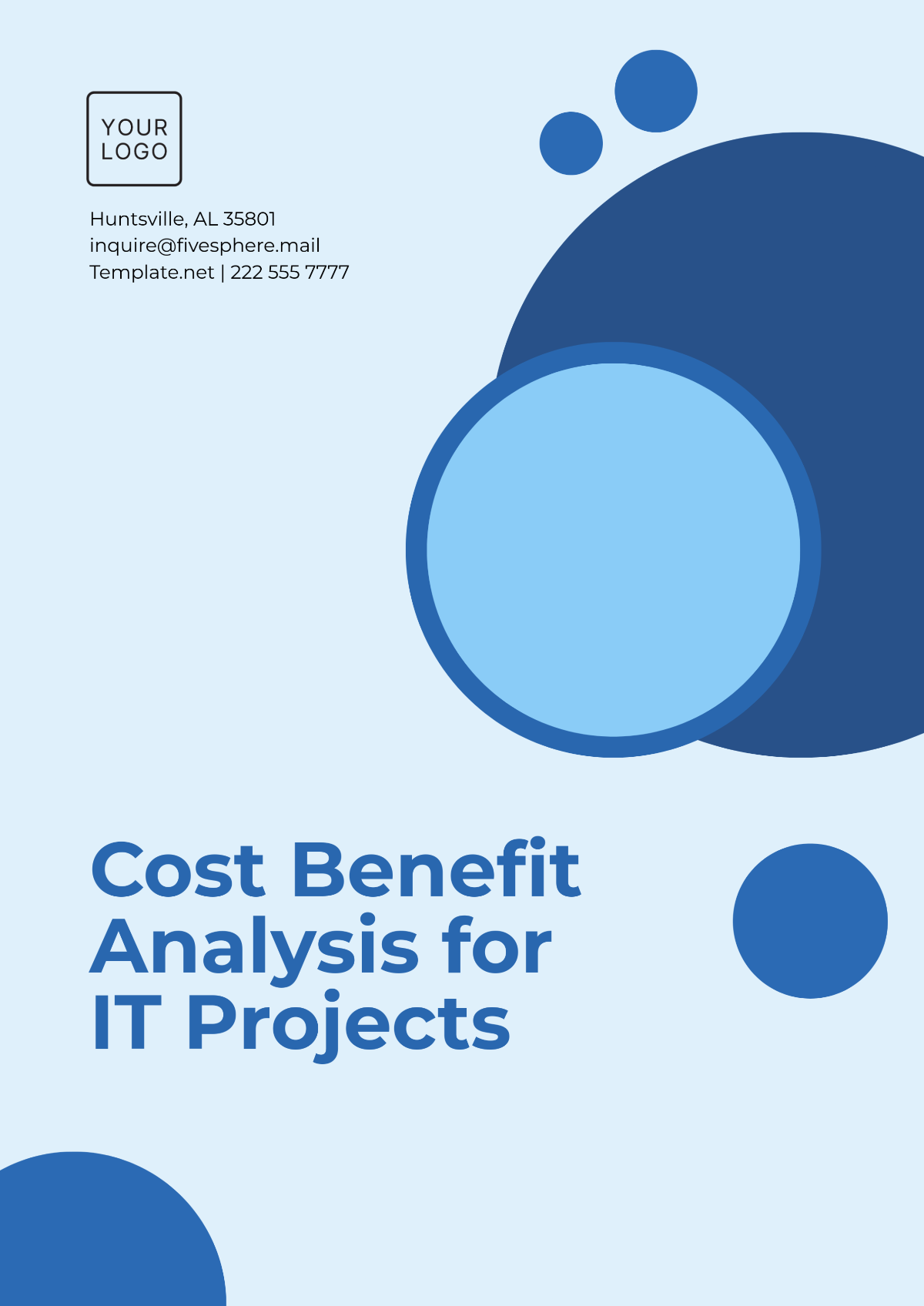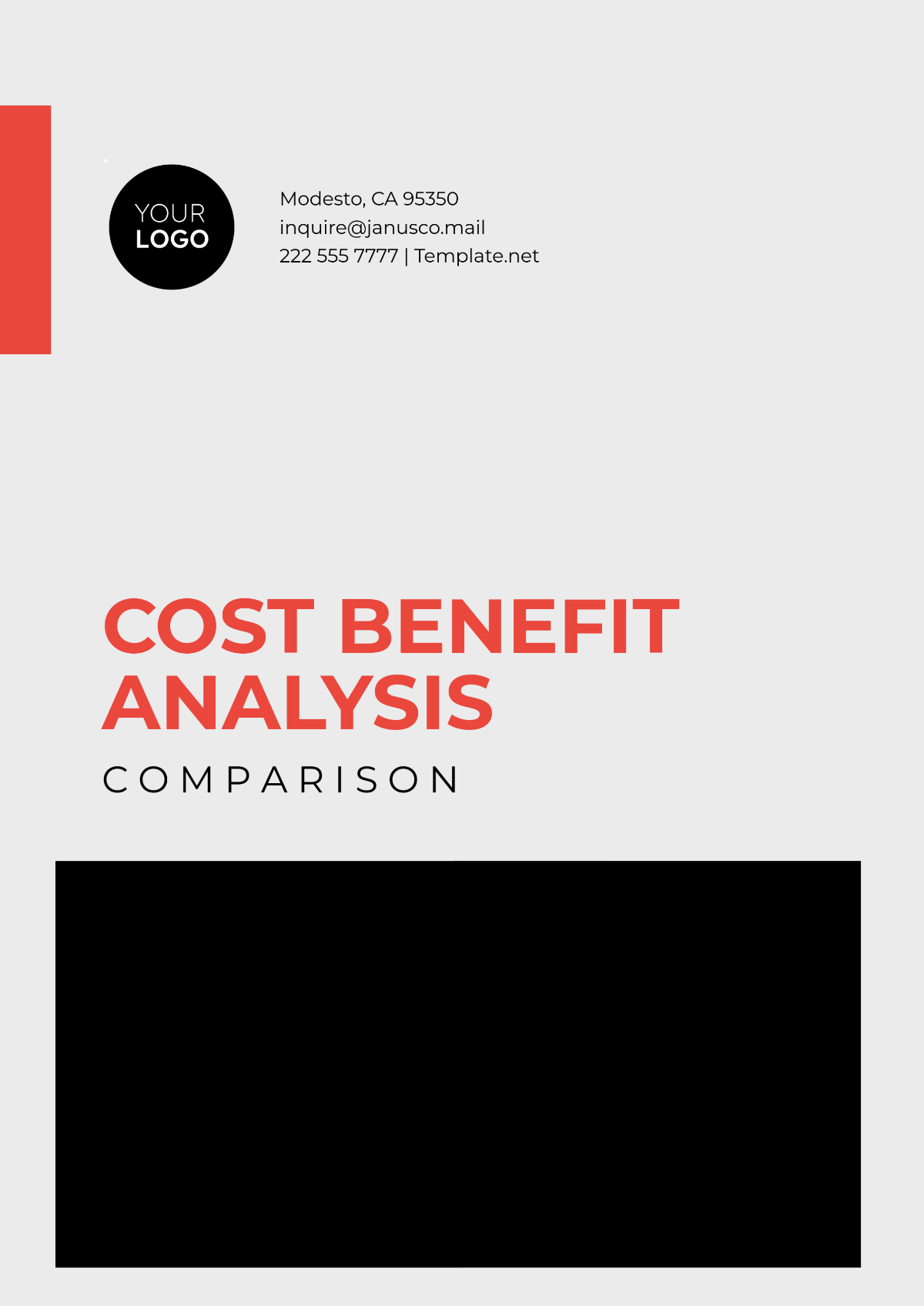Free Operations Project Financial Analysis Report Template
Operations Project Financial Analysis Report
[Your Company Name]
[Your Company Address]
I. Executive Summary
A. Overview of the Operations Project
[Your Company Name] embarked on a significant operations project aimed at expanding its manufacturing capabilities to meet growing customer demand. The project involved the construction of a new production facility, the acquisition of advanced machinery, and the recruitment of skilled personnel. The purpose of this financial analysis report is to assess the financial performance of the project and provide insights into its profitability, cost management, revenue generation, and overall financial health.
B. Summary of Financial Analysis Findings
The financial analysis revealed several key findings regarding the project's performance. Despite initial budgetary constraints and unforeseen challenges, the project has demonstrated strong cost control measures and efficient resource allocation. Revenue projections have exceeded expectations, driven by increased production capacity and market demand. However, cash flow fluctuations and financial risks remain areas of concern that require attention.
C. Key Recommendations
Based on the findings of the financial analysis, the following recommendations are proposed to optimize financial management and ensure the project's long-term success:
Implement proactive cash flow management strategies to mitigate cash flow volatility.
Strengthen risk management practices to identify and address potential financial risks.
Continuously monitor project costs and revenue streams to maintain profitability and financial sustainability.
II. Introduction
A. Background of the Operations Project
[Your Company Name] recognized the need to expand its manufacturing capabilities to capitalize on market opportunities and sustain growth. The operations project was initiated to address capacity constraints and enhance competitiveness in the industry. The project encompassed various phases, including facility construction, equipment procurement, workforce training, and production ramp-up.
B. Purpose and Scope of the Financial Analysis
The purpose of this financial analysis is to evaluate the financial performance of the operations project and assess its impact on [Your Company Name]'s overall financial position. The analysis encompasses a comprehensive review of project costs, budget variances, revenue generation, return on investment (ROI), cash flow dynamics, financial risks, and stakeholder interests.
III. Project Cost Analysis
A. Breakdown of Project Costs
The table below provides a breakdown of project costs by category:
Cost Category | Amount |
|---|---|
Facility Construction | $[Amount] |
Equipment Procurement | $[Amount] |
Workforce Training | $[Amount] |
Miscellaneous Expenses | $[Amount] |
Total Project Costs | $[Amount] |
B. Cost Variance Analysis
Actual vs. Budgeted Costs: A comparison of actual project costs to budgeted amounts revealed a slight variance of %45.
Reasons for Variances: The variance can be attributed to unexpected delays in construction timelines and higher-than-anticipated equipment costs.
Cost Control Measures: Despite the variances, [Your Company Name] implemented stringent cost control measures to minimize the impact on project profitability.
C. Cost Performance Trends
Trend Analysis: Project costs have shown a declining trend over the past quarter, indicating improved cost management practices.
Forecast: Based on current cost performance trends, projected project costs for the remaining phases are expected to align closely with budgeted amounts.
IV. Budget Analysis
A. Comparison of Actual Expenses to Budgeted Amounts
The table below compares actual project expenses to budgeted amounts:
Expense Category | Budgeted Amount (USD) | Actual Expenses (USD) | Variance (USD) |
|---|---|---|---|
Facility Construction | $1,500,000 | $1,400,000 | -$100,000 |
Equipment Procurement | $800,000 | $850,000 | +$50,000 |
Workforce Training | $300,000 | $275,000 | -$25,000 |
Miscellaneous Expenses | $150,000 | $175,000 | +$25,000 |
Total | $2,750,000 | $2,700,000 | -$50,000 |
B. Explanation of Variances
Facility Construction: The variance in facility construction costs can be attributed to unexpected site preparation expenses and construction delays.
Equipment Procurement: Higher-than-anticipated equipment costs resulted from changes in supplier pricing and specifications.
Workforce Training: Additional training expenses were incurred to ensure the workforce was adequately skilled to operate new machinery and technologies.
Miscellaneous Expenses: Increased miscellaneous expenses were due to unforeseen regulatory compliance requirements and permit fees.
C. Budget Forecast for Remaining Project Phases
Projected Expenses: Based on the current budget analysis, projected expenses for the remaining project phases are estimated to be within %60 of budgeted amounts.
Risk Mitigation: [Your Company Name] will implement risk mitigation strategies to address potential cost overruns and ensure adherence to budgetary constraints.
V. Revenue Analysis
A. Identification of Revenue Sources
Sources | Description |
|---|---|
Product Sales | [Your Company Name] earns revenue mainly from selling products made in the new manufacturing facility. |
Market Expansion | Revenue growth can be achieved by entering new markets, launching new products, or diversifying offerings, which may include targeting new customers, exploring international markets, or leveraging industry trends. |
B. Revenue Forecasting
Sales Projections: Revenue forecasting involves estimating future sales volumes and revenues based on historical sales data, market trends, and demand forecasts. Sales projections may be broken down by product category, customer segment, geographic region, or distribution channel.
Market Analysis: Market analysis is conducted to assess market dynamics, competitive landscape, customer preferences, and demand drivers. This information is used to inform revenue forecasts and identify growth opportunities in target markets.
Scenario Planning: Scenario planning involves developing alternative revenue scenarios based on different assumptions or market conditions. This allows [Your Company Name] to assess the potential impact of various factors on revenue generation and develop contingency plans accordingly.
C. Analysis of Revenue Trends
Trend Analysis: Revenue trends are analyzed to identify patterns, fluctuations, and seasonality in sales volumes and revenues. This analysis helps [Your Company Name] understand the underlying drivers of revenue growth or decline and make informed decisions to capitalize on opportunities or address challenges.
Customer Segmentation: Revenue analysis may involve segmenting customers based on various criteria such as demographics, purchasing behavior, or buying preferences. This segmentation allows [Your Company Name] to tailor marketing strategies, pricing models, and product offerings to different customer segments and maximize revenue potential.
Product Performance: Revenue analysis also assesses the performance of individual products or product lines in terms of sales volumes, revenues, profit margins, and market share. This information helps [Your Company Name] identify high-performing products, allocate resources effectively, and prioritize investment in product development or marketing initiatives.
VI. Return on Investment (ROI) Analysis
A. Calculation of ROI Metrics
ROI Calculation: ROI is calculated as the ratio of net project benefits to total project costs, expressed as a percentage.
Formula: ROI = ((Net Benefits - Total Costs) / Total Costs) * 100
B. Assessment of Project Profitability
ROI Metrics: The project's ROI metrics indicate a favorable return on investment, exceeding initial projections.
Profitability Analysis: Profit margins and profitability ratios demonstrate the project's ability to generate positive returns and create shareholder value.
C. ROI Comparison with Initial Projections
Initial Projections: Initial ROI projections were based on conservative estimates and risk-adjusted assumptions.
Actual Performance: Actual ROI metrics have outperformed initial projections, reflecting the project's success in delivering value to stakeholders.
VII. Cash Flow Analysis
Cash flow analysis is a critical component of financial management, providing insights into the timing and adequacy of cash inflows and outflows to meet financial obligations and support operational activities.
A. Cash Inflows and Outflows
Cash Inflows | Cash inflows are funds [Your Company Name] receives from sales, investments, and other sources, crucial for covering expenses, debt, investments, and dividends. |
Cash Outflows | Cash outflows include [Your Company Name]'s expenses, payments like operating costs, capital expenditures, debt, taxes, and dividends, crucial for liquidity and stability. |
B. Assessment of Cash Position
Cash Reserves | [Your Company Name] keeps cash reserves to ensure financial stability, covering expenses, debts, and emergencies while safeguarding against cash flow issues and economic downturns. |
Liquidity Analysis | Liquidity ratios, like the current and quick ratios, evaluate [Your Company Name]'s ability to meet short-term obligations, indicating resilience and growth potential. |
C. Cash Flow Projections
Projected Cash Flows: Cash flow projections forecast future cash inflows and outflows based on sales forecasts, expense projections, investment plans, and financing activities. These projections help [Your Company Name] anticipate cash flow needs, plan capital expenditures, and make informed financing decisions.
Scenario Analysis: Scenario analysis involves evaluating different scenarios or potential outcomes to assess their impact on cash flow projections. By considering various scenarios, such as optimistic, pessimistic, and base-case scenarios, [Your Company Name] can identify risks, opportunities, and potential cash flow constraints.
VIII. Financial Risk Assessment
A. Identification of Financial Risks
Market Risks: Market volatility, competitive pressures, and changes in consumer preferences pose risks to revenue generation and profitability.
Operational Risks: Operational disruptions, supply chain challenges, and regulatory compliance issues may impact project costs and cash flow stability.
Financial Risks: Interest rate fluctuations, exchange rate risks, and credit risks affect financing costs and debt repayment obligations.
B. Quantification of Risk Exposure
Risk Quantification: Financial risk exposure is quantified through risk assessment techniques such as scenario analysis, sensitivity analysis, and Monte Carlo simulations.
Risk Metrics: Risk metrics such as Value at Risk (VaR), Expected Loss (EL), and Risk-adjusted Return on Capital (RAROC) are used to measure and manage financial risk exposure.
C. Mitigation Strategies
Risk Mitigation Measures: [Your Company Name] implements proactive risk mitigation strategies to address identified financial risks and minimize their impact on project outcomes.
Hedging Strategies: Hedging instruments such as derivatives and insurance products are utilized to manage market risks and protect against adverse financial events.
IX. Stakeholder Analysis
Stakeholder analysis is a strategic process to identify and prioritize stakeholders like executives, shareholders, sponsors, customers, suppliers, investors, regulators, and community groups. This helps [Your Company Name] manage relationships, mitigate risks, and align project goals with stakeholder priorities.
Internal stakeholders: Key stakeholders like executives, shareholders, and sponsors are vital in setting project goals, allocating resources, and making strategic decisions. They aim to maximize ROI, ensure profitability, and achieve growth. Effective communication and collaboration with them are crucial for support, funding, and approvals.
External stakeholders: Customers, suppliers, investors, regulatory authorities, and community organizations significantly impact the operations project. Customers influence revenue and product quality; suppliers aid the supply chain; investors demand returns and transparency; regulatory authorities ensure compliance; and community organizations promote sustainability, social responsibility, and engagement.
Communication channels: Financial reports, investor presentations, stakeholder meetings, and social media keep stakeholders engaged and informed about project updates, financial performance, and milestones. Transparency, accountability, and responsiveness build trust, credibility, and long-term relationships.
X. Conclusion
A. Summary of Financial Performance
The financial analysis of the operations project has provided valuable insights into its financial performance, highlighting strengths, weaknesses, and opportunities for improvement. Despite challenges and uncertainties, the project has demonstrated strong cost management, revenue generation, and profitability.
B. Key Insights and Implications
The analysis has identified several key insights and implications for [Your Company Name]'s financial management practices and strategic decision-making. Opportunities exist to optimize cost efficiency, enhance revenue growth, and mitigate financial risks to ensure long-term financial sustainability and success.
C. Recommendations for Future Financial Management
Based on the findings of the financial analysis, the following recommendations are proposed:
Implement proactive cash flow management strategies to mitigate cash flow volatility and improve liquidity.
Strengthen risk management practices to identify, assess, and mitigate financial risks effectively.
Continuously monitor project costs, revenue streams, and financial performance to optimize profitability and shareholder value.



